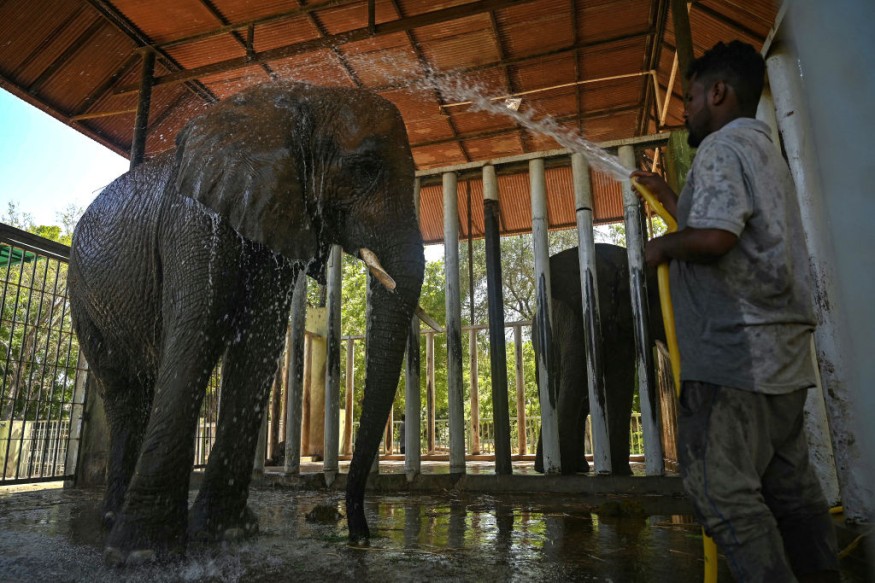
A study said that prehistoric location in South America has been discovered by archaeologists, whereby around 12,000 years ago, hunter-gatherers killed a relative of the extinct elephant.
Temporary Camp Of Ancient Elephants
Early hunter-gatherers frequented Chile's Tagua Tagua Lake thousands of years ago, and the aim was to hunt ancient elephants and benefit from other local resources.
The location was known as a hunter-gatherer camp from 12,440-12,550 years ago, according to the experts. A "diverse and exceptional" assemblage of archaeological remains found at the site is contributing to our understanding of the prehistoric hunter-gatherers who once lived in this area.
According to the researchers, the fossilized remains of an extinct relative of current elephants, which was called as gomphothere, are considered to be one of the site's most fascinating discoveries.
Studies showed that these groups of animals were able to roam the planet from the end of the Oligocene period (about 23 million to 33.9 million years ago) to the late Pleistocene (approximately 11,700 to 2.6 million years ago) and early Holocene (11,700 years ago to the present).
Experts explained that these creatures were found to have traits like trunks and tusks and these are comparable to those of contemporary elephants. However, some gomphothere species have extremely specialized teeth that would have made it easier for them to consume some particular kinds of plants.
The study's authors noted that the gomphothere bones from the Tagua Tagua site had butchery marks on them in addition to stone tools and other relics. The information that is now available points to the location as a temporary camp that was primarily used for gomphothere individual hunting and the preparation of its huge carcass.
Key Location
Even though the site was only occupied for a brief and short period of time, the researchers were able to discover more evidence suggesting other activities were also conducted there. There are further burned remains of vegetation and small animals, such as frogs and birds, indicating that other foods were processed at the time of these activities.
Additionally, the researchers recorded evidence of actions like the grinding of red ocher, a naturally occurring clay earth color.
Fossilized cactus seed and bird eggshell remnants were discovered at the site, suggesting that the camp was only used during the dry season.
The study notes that the recently found prehistoric camp is one of several comparable sites that are currently known in the Tagua Tagua region, suggesting that the region's abundance, diversity, and predictability made it a "key location" for nomadic hunter-gatherers throughout the late Pleistocene.
"Taguatagua 3 helps us to understand better how the early humans adapted to fast-changing environments in central Chile during the late Pleistocene times," the authors of the said.
More research into this rich archeological area will continue to shed light on early humans' movements and means of subsistence in South America, experts pointed out.
© 2025 NatureWorldNews.com All rights reserved. Do not reproduce without permission.





